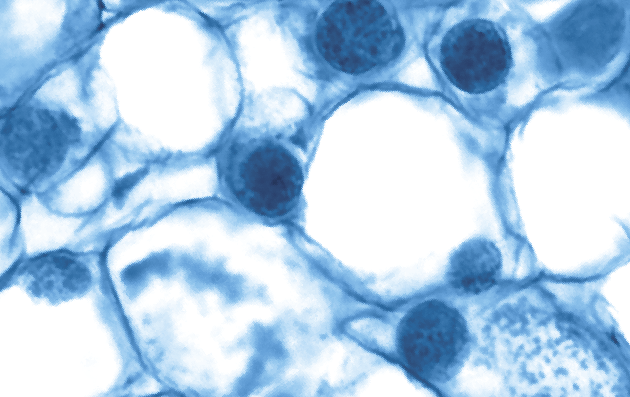Resources for MITS
Visit the MITS Alliance Resource Center and access the latest MITS research and comprehensive MITS implementation toolkit that includes best practices, standard operating procedures, and other critical components for incorporating MITS-informed cause of death within mortality surveillance platforms.
Visit Resource Center

